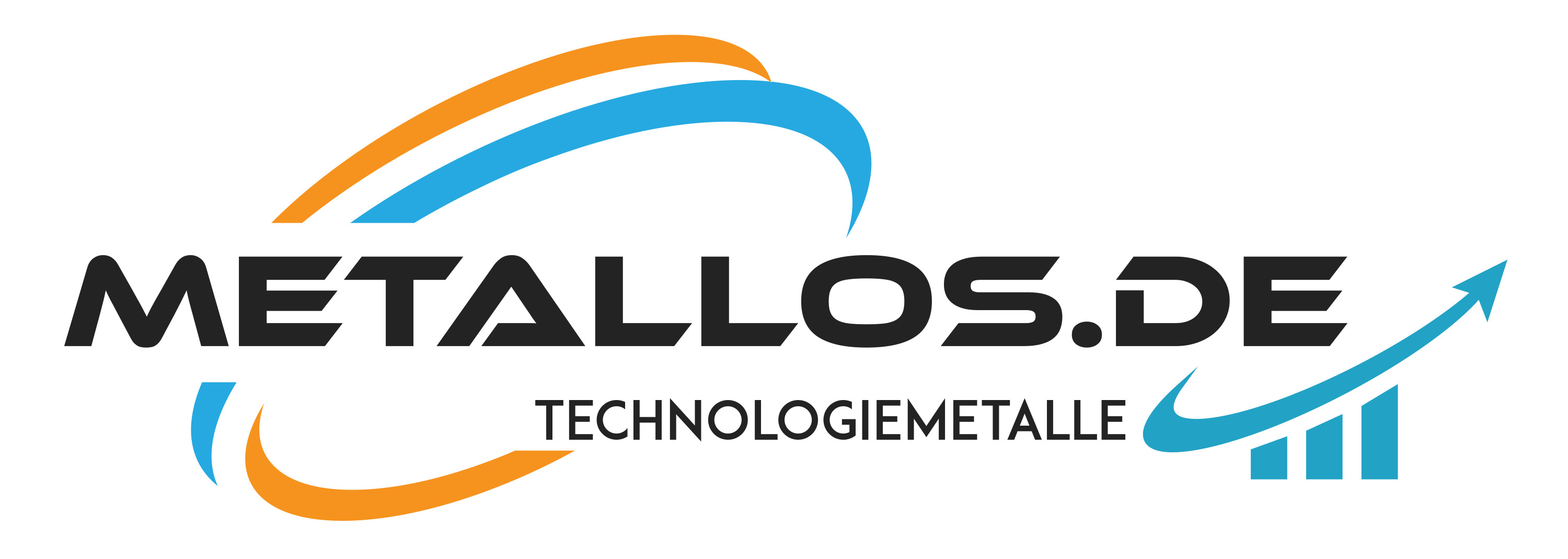1kg neodymium metal ingot, 99.5%, rare earth metal
Description
1kg neodymium metal ingot, 99.5%, rare earth metal
Buy now high purity neodymium (neodymium) metal with at least 99.99% purity.
Neodymium is a rare earth metal. With us you get the best price for 1kg Neodymium metal ingots.
The current neodymium price is stable at the moment. It is 299€/kg right now, so you should buy neodymium (neodymium) metal now.
buy 99.5% neodymium
price neodymium 1kg 299 euro
- incl. certificate of analysis
- Deliverable within 1- 2 working days by DHL
-Purity: min.: 99,5%
- Quantity: 1kg
- Quantity discounts see below
Neodymium (nomenclature recommendation was at times: neodymium) is a chemical element with the element symbol Nd and atomic number 60. In the periodic table, it is in the lanthanide group and thus also belongs to the rare earth metals. The element name is derived from the Greek words νέος neos for "new" and δίδυμος didymos for "twin" (as the twin of lanthanum). The metal is used primarily for strong magnets.Neodymium was isolated along with praseodymium in 1885 by Carl F. Auer von Welsbach from didymium discovered by Carl Gustav Mosander. Pure metallic neodymium was not produced until 1925.
A large proportion of the neodymium consumed worldwide goes into the production of neodymium-iron-boron (Nd-Fe-B) permanent magnets, which in turn are installed in electric cars and wind turbines. It is also a component of catalysts in rubber production and serves as a dopant in the manufacture of phosphors. In glass production, it is processed in special optical glasses and added to produce color effects. It is used as an additive in magnesium alloys for the aircraft industry, to increase the strength of aluminum alloys, to modify stainless steels and to improve the properties of cast steels. It is also used in high-temperature resistant enamel coatings, in ceramic materials and in mixed oxides for automotive catalytic converters.
Extraction
After a complex separation of the neodymium companions, the oxide is reacted with hydrogen fluoride to form neodymium fluoride and then reduced with calcium to form calcium fluoride. Calcium residues and impurities are separated in a remelting process under vacuum. In 2011, NDR researched the fact that enormous environmental damage is caused by the toxic waste and radioactive by-products released during the extraction process, which is primarily carried out in China. The production by electrolysis of neodymium halides is rarely used today.
Special features
The silvery-white shining metal belongs to the lanthanides and rare earth metals. It is slightly more corrosion resistant in air than europium, lanthanum, cerium or praseodymium, but easily forms a pinkish-purple oxide layer which can flake off in air. At high temperatures it burns to form the sesquioxide Nd2O3. It reacts with water to form the neodymium hydroxide Nd(OH)3, and reacts with hydrogen to form the hydride NdH2. In addition to the main valence/oxidation number 3, the oxide numbers 2 and 4 also occur under special conditions. ation numbers 2 and 4 occur under special conditions.
Use
Neodymium-iron boron compounds for the production of the strongest magnets. They are used for nuclear spin tomographs, micromotors and hard disks (positioning of read/write heads), permanent magnet rotors (e.g. stepper and servo motors, efficient permanently excited DC machines e.g. in some types of wind turbines, for driving electric and hybrid vehicles and as model making drives), linear motors for positioning axes, e.g. CNC machines, high-quality loudspeakers and headphones. Compared to samarium-cobalt magnets, they are stronger and much cheaper, but also much more sensitive to heat. Neodymium salts for coloring enamel Blue porcelain paint Neodymium(III) oxide for coloring glass. It produces very warm violet to wine red and gray tones. Such glasses have sharp absorption bands and are used in astronomy for calibration. Decolorizing ferrous glass UV-absorbing glass (solar control glass) Component of the industrially widely used neodymium YAG laser Neodymium oxide doped barium titanate for capacitor dielectrics Because of its pyrophoric properties also as alloying partner with cerium in flints For the production of neodymium-catalyzed polybutadiene rubber (Nd-PBR) Neodymium-iron-boron (Nd2Fe14B) is currently the strongest material for
Symbol: Nd
Melting point: 1,021 °C
Atomic number: 60
Atomic mass: 144.242 u
Electron configuration: [Xe] 4f⁴6s²
Boiling point: 3,074 °C
CAS number: 7440-00-8
